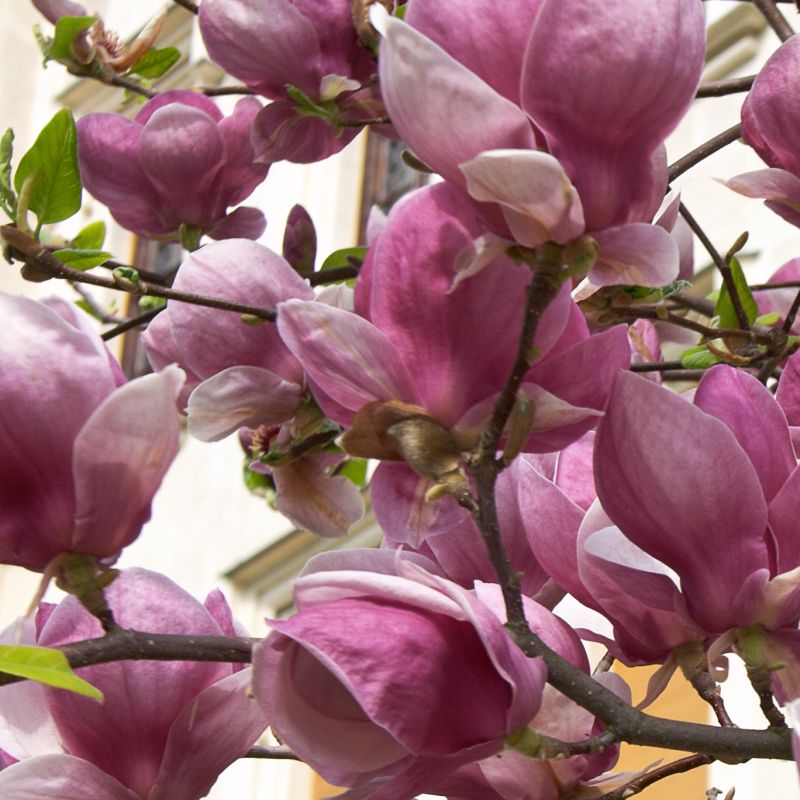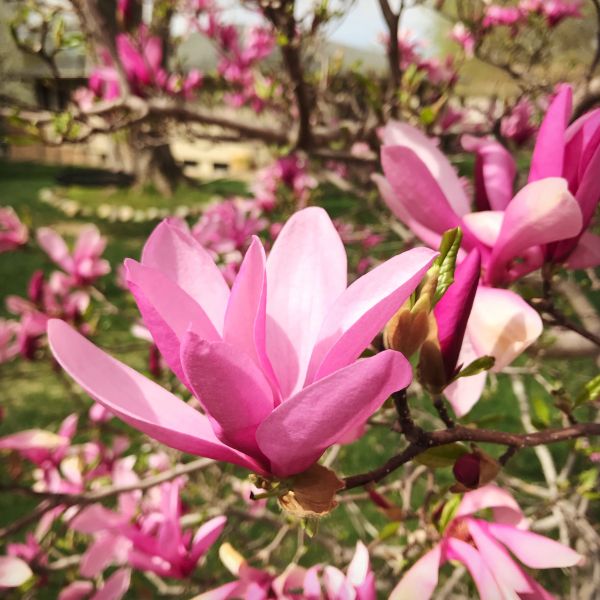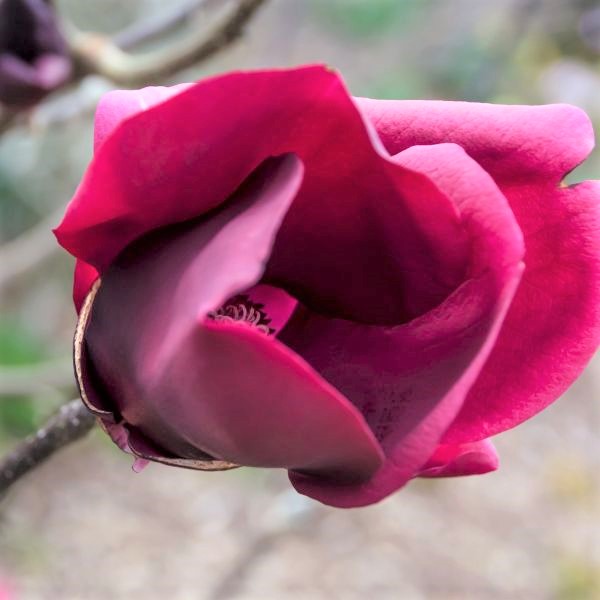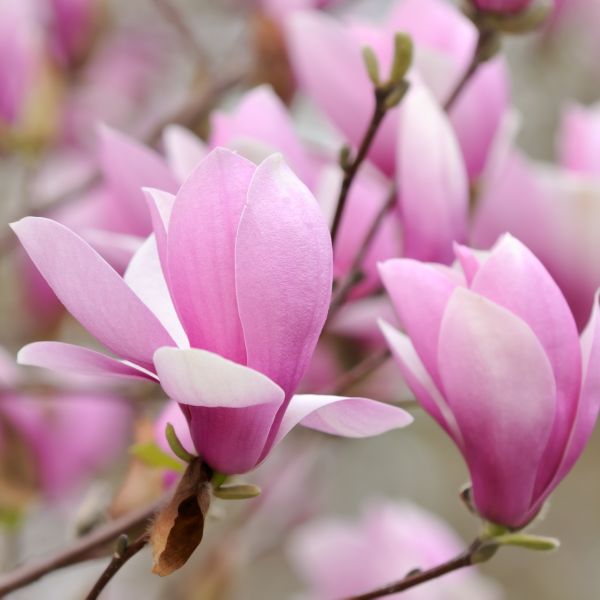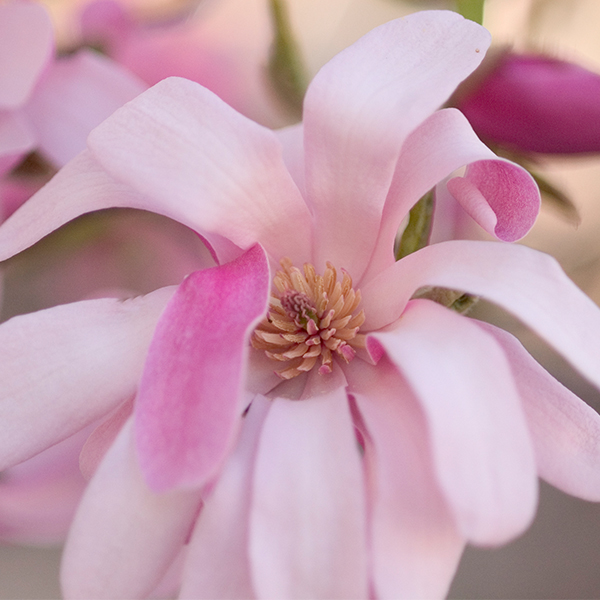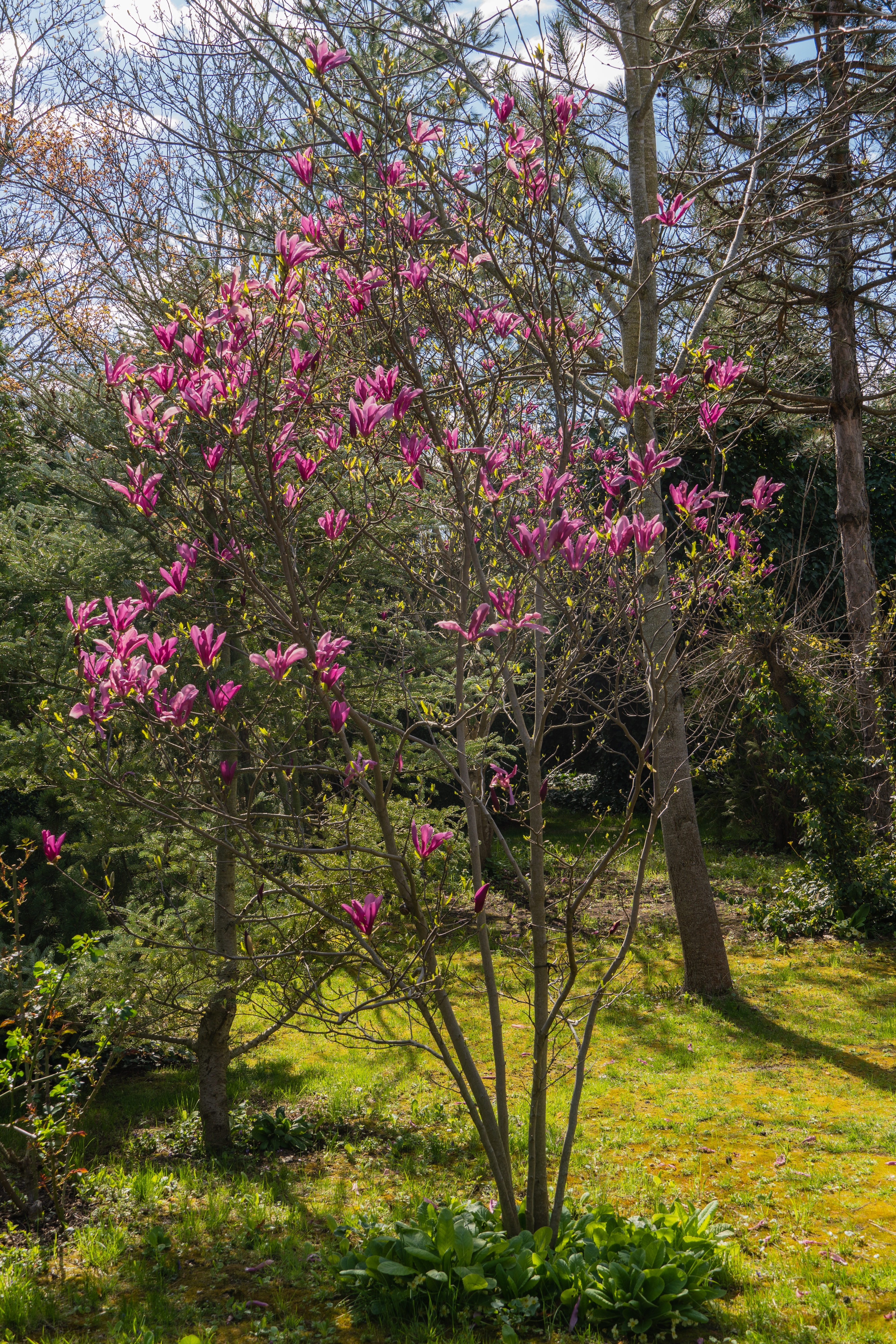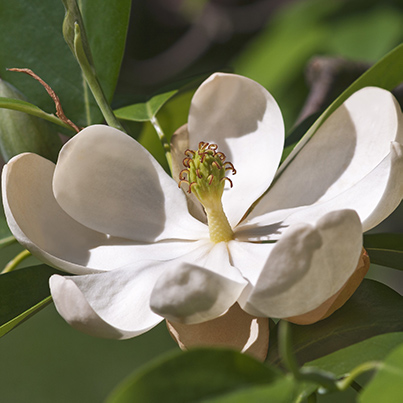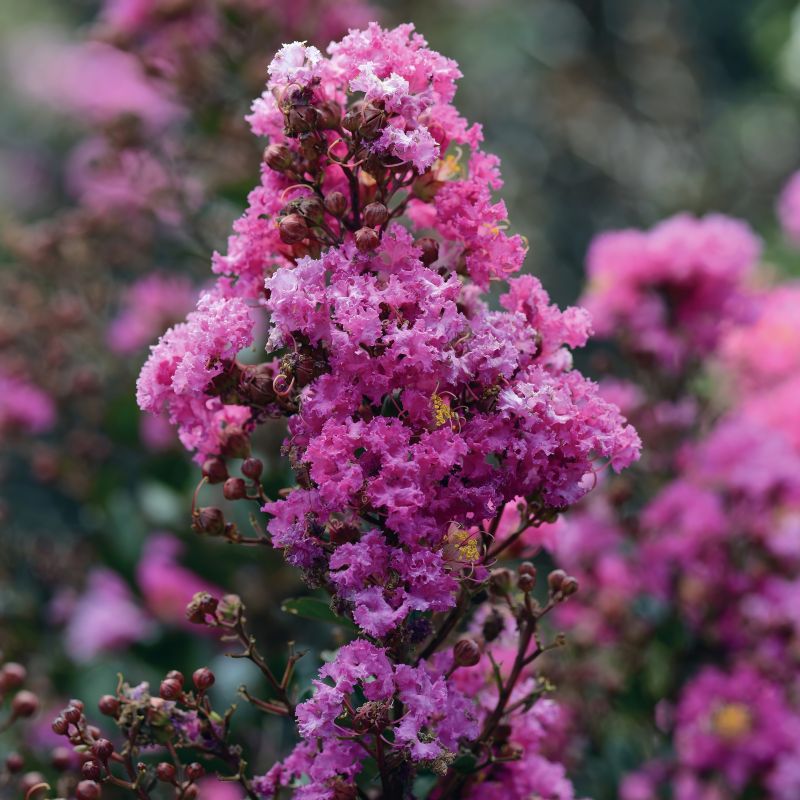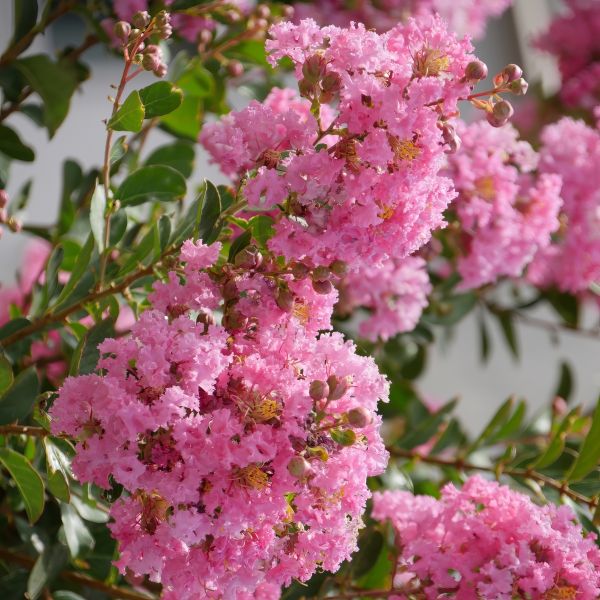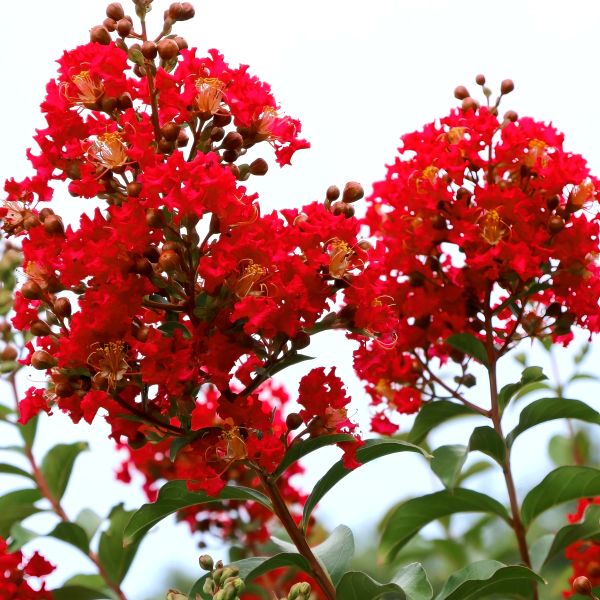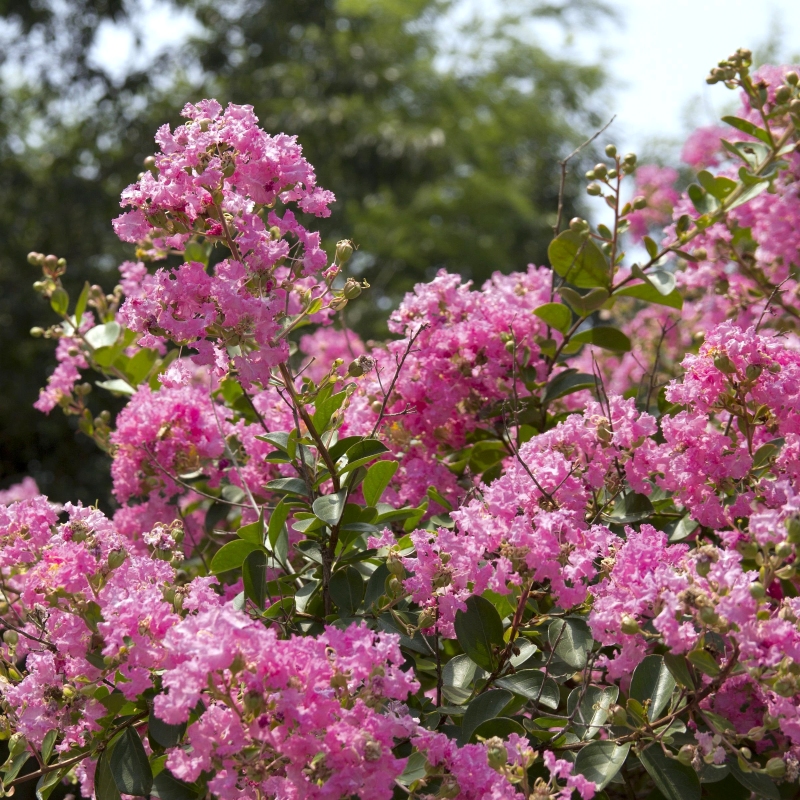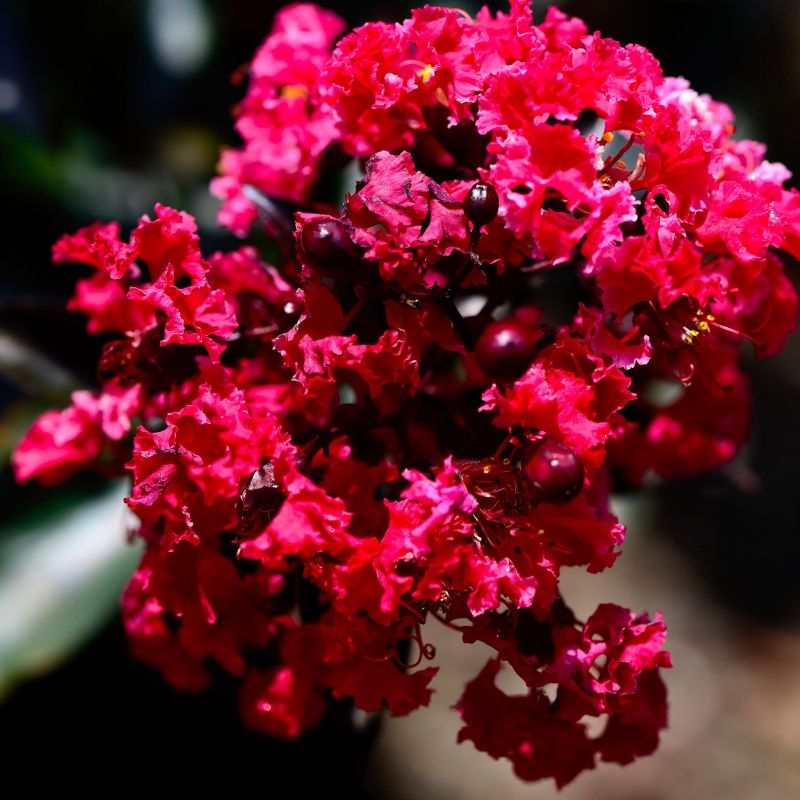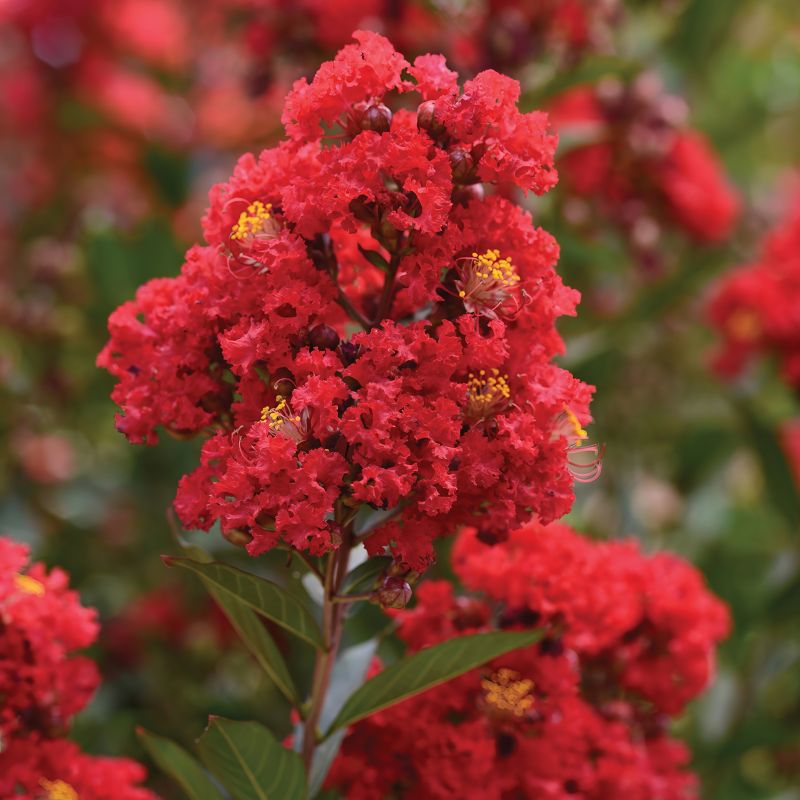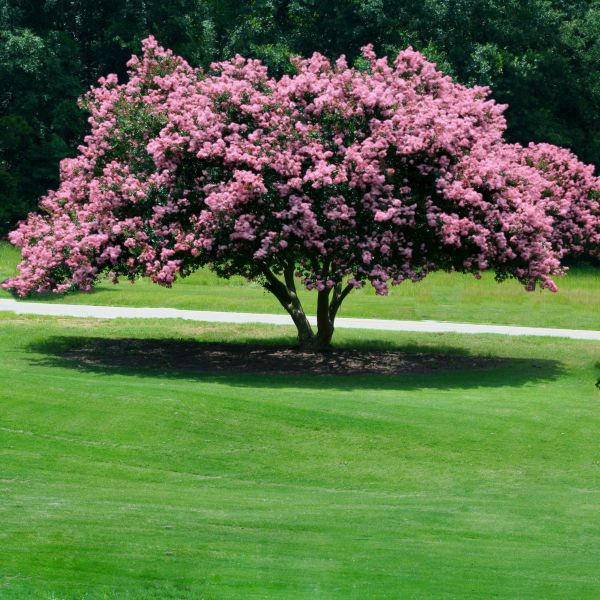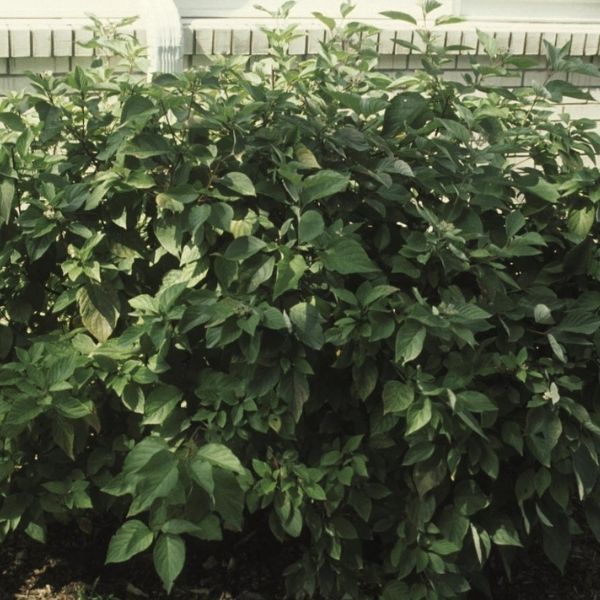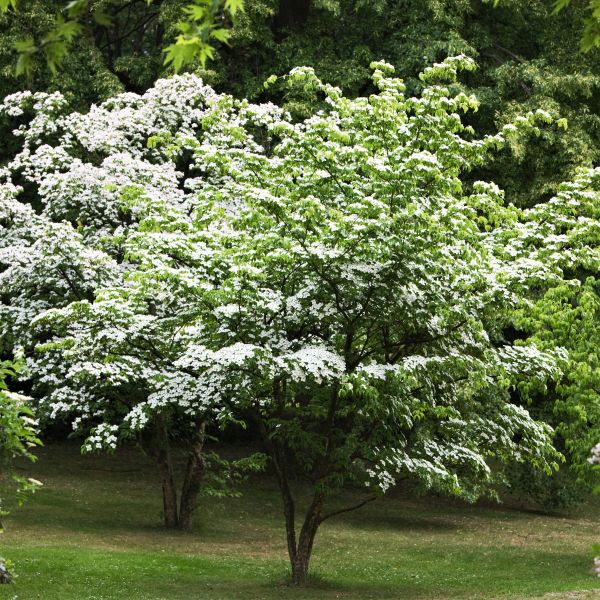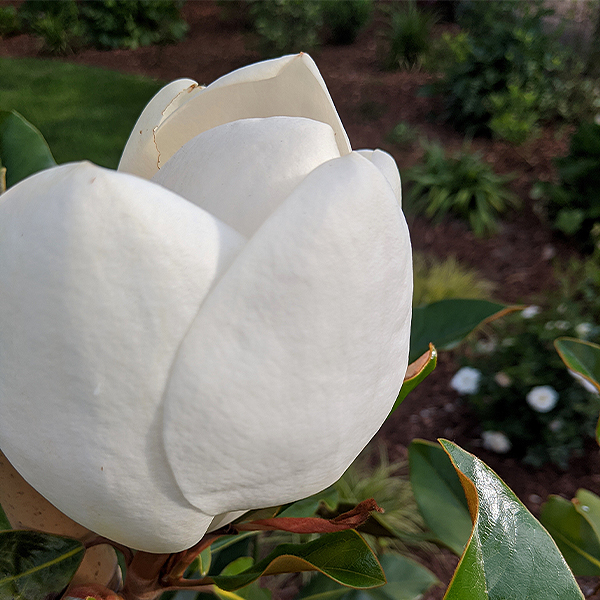


Kay Parris Magnolia Tree
Magnolia grandiflora 'Kay Parris'
18 reviews
Kay Parris Magnolia Tree
Magnolia grandiflora 'Kay Parris'
18 reviews
- Fragrant blossoms add beauty and elegance to any garden
- Compact size makes it perfect for smaller spaces
- Low maintenance and easy to care for
$117.00
$168.00
30% Off
- Ships to 43215 in 3 to 7 days
- Free Shipping Over $150
- Plant Arrival Guarantee
- In Stock
- Free Plant Consult
$200
1.5 Gallon Tree Form
Why Kay Parris Magnolia Tree?
The Kay Parris Magnolia tree is an evergreen with large, fragrant white flowers that bloom in summer. It grows up to 30 feet tall and 20 feet wide, making it an excellent choice for a shade tree or as a focal point in the landscape. It is also resistant to pests and diseases, making it a low-maintenance choice for gardeners.
People who loved this plant also bought
Sunlight
The sunlight requirement for the Kay Parris Magnolia Tree is full sun to partial shade.
Watering
The watering requirement for Kay Parris Magnolia Tree is moderate. It should be watered regularly, especially during dry periods, to keep the soil moist but not waterlogged. It is important to allow the top inch of soil to dry between waterings.
Fertilizing
The fertilizer requirement for a Kay Parris Magnolia Tree is generally a balanced slow-release fertilizer that is specifically formulated for acid-loving plants, such as an azalea or camellia fertilizer.
The Fragrant and Fabulous Kay Parris Magnolia Tree
The Kay Parris Magnolia Tree has to be your first option if you’re looking for a tree that will wow you with its beauty and fragrance.
This tree is a showstopper, with its large, glossy leaves and spectacular, pink-tinged blooms.
The Kay Parris Magnolia Tree is a fast-growing and hardy variety, which can reach up to 20 feet in height and 15 feet in width.
It loves full sun and moist, well-drained soil, and will reward you with abundant flowers from spring to fall.
The Kay Parris Magnolia Tree is not only gorgeous but also easy to care for. It has a compact and upright habit, making it ideal for small spaces or containers. It is also resistant to pests and diseases and tolerant of heat and drought.
The Kay Parris Magnolia Tree has a rich history and origin, as it was discovered by chance in South Carolina by a nursery owner named Kay Parris.
She noticed a unique seedling among her other magnolia plants and decided to propagate it. She soon realized she had found a gem and named it after herself.
The Kay Parris Magnolia Tree is a true symbol of grace and elegance. Its heritage evokes a sense of timelessness and charm. Imagine having a living piece of history right in your own backyard.
Now, you can enjoy this rare and exquisite tree in your own backyard. Don’t wait any longer - order your Kay Parris Magnolia Tree now and experience its charm and elegance for yourself!
Plant Information:
| Botanical Name: | Magnolia grandiflora 'Kay Parris' |
| USDA Zones: | 6 - 9 |
| Water: | Moderate |
| Exposure: | Full Sun |
| Soil Needs: | Well Drained |
| Mature Height: | 20 - 30 feet |
| Mature Spread: | 10 - 15 feet |





Pollination Info
Pollination Info for Kay Parris Magnolia Tree (Magnolia grandiflora 'Kay Parris')
The Kay Parris Magnolia tree is classified as a self-fertile tree, which means that it can produce fruit without the need for another plant for cross-pollination.
However, the tree can still benefit from cross-pollination by bees and other insects, which can increase the yield of fruit and improve fruit quality.
To ensure the best possible pollination, it is recommended to plant the Kay Parris Magnolia in an area with other flowering trees or plants.
The tree produces large, fragrant white flowers that bloom in late spring to early summer. The flowers are pollinated by bees and other insects attracted to their nectar and pollen.
The tree produces cone-like fruits that contain red seeds. The fruits are rarely eaten by wildlife and are primarily ornamental.
Overall, the Kay Parris Magnolia tree is a reliable and low-maintenance tree that can produce fruit without the need for cross-pollination but can still benefit from it.
FAQ
Kay Parris Magnolia Tree (Magnolia grandiflora 'Kay Parris') FAQ
General Information
What is a Kay Parris magnolia tree?
A Kay Parris magnolia tree is a cultivar of the Magnolia grandiflora species. This tree is known for its large, glossy leaves and creamy white flowers that bloom from May to June.
What is the expected size of a Kay Parris magnolia tree?
A Kay Parris magnolia tree can grow up to 40-50 feet tall and 20-30 feet wide when fully mature.
What is the growth rate of a Kay Parris magnolia tree?
The growth rate of a Kay Parris magnolia tree is moderate, averaging around 1-2 feet per year.
Where is the best place to plant a Kay Parris magnolia tree?
Kay Parris magnolia tree prefers to be planted in full sun to partial shade. It also prefers acidic soil that is well-drained and moist. The tree should be protected from strong winds.
When is the best time to plant a Kay Parris magnolia tree?
The best time to plant a Kay Parris magnolia tree is in the fall or early spring before leaves start to grow. This allows the tree to establish its roots before the summer heat arrives.
Care
How often should a Kay Parris magnolia tree be watered?
A Kay Parris magnolia tree should be watered deeply once a week during the growing season. During periods of drought, the tree may require additional watering.
What kind of fertilizer should be used for a Kay Parris magnolia tree?
A Kay Parris magnolia tree prefers acidic soil and should be fertilized with an acid-loving fertilizer. Fertilizer should be applied in the early spring or fall.
How should a Kay Parris magnolia tree be pruned?
A Kay Parris magnolia tree should be pruned in the late winter or early spring before new growth appears. Only dead or diseased branches should be removed. The tree should not be heavily pruned.
What pests and diseases are common for Kay Parris magnolia trees?
Kay Parris magnolia trees are susceptible to a number of pests and diseases, including: magnolia scale, aphids, spider mites, bacterial leaf spot, and fungal leaf spot. Regular maintenance and proper care can help prevent these issues.
When can I expect my Kay Parris magnolia tree to bloom?
Kay Parris magnolia trees typically bloom in late spring to early summer, typically in May or June.
Conclusion
A Kay Parris magnolia tree is a beautiful addition to any landscape. With proper care and maintenance, this tree can provide years of stunning beauty. If you have any additional questions about caring for your Kay Parris magnolia tree, be sure to consult a gardening or landscaping professional.
Planting & Care
Planting Kay Parris Magnolia Tree (Magnolia grandiflora 'Kay Parris')
Choose a planting location that receives partial shade to full sun. The tree prefers well-drained soil that is rich in organic matter. Make sure the planting location has enough space to accommodate the mature size of the tree, which can reach up to 30 feet tall and 15 feet wide.
Plant the Kay Parris Magnolia Tree in the spring or fall, avoiding extreme temperatures. Dig a hole that is twice as wide as the root ball and as deep as the root ball. Place the tree in the hole and backfill with the removed soil. Water thoroughly after planting.
Care for Kay Parris Magnolia Tree (Magnolia grandiflora 'Kay Parris')
Water the tree regularly, especially during the first year after planting. The soil should be kept moist but not waterlogged. Use a soaker hose to water deeply and slowly to reach the roots.
Apply a layer of organic mulch around the base of the tree to retain moisture in the soil and suppress weed growth. Refresh the mulch every year or as needed, making sure not to pile it around the trunk.
Fertilize the tree in the early spring before new growth appears. Use a slow-release fertilizer formulated for acid-loving plants, following the instructions on the package. Avoid fertilizing late in the season, as this can encourage new growth that may not harden off before the winter.
Prune the tree to remove dead or damaged branches, as well as any crossing or rubbing branches. The best time to prune is in the winter or early spring, before new growth appears. Thin out the branches to improve air circulation and light penetration.
Monitor the tree for pests and diseases, such as scale, aphids, and fungal leaf spots. Treat as needed with insecticidal soap and fungicides.
Check Out These Verified Customer Reviews:
Customer Reviews
4.7 out of 5 based on 18 reviews
Thank you! Your review has been submitted.
Excellent customer service, very helpful and responsive.
Beautiful magnolia tree
Fast shipment
Item has been added to your cart.



